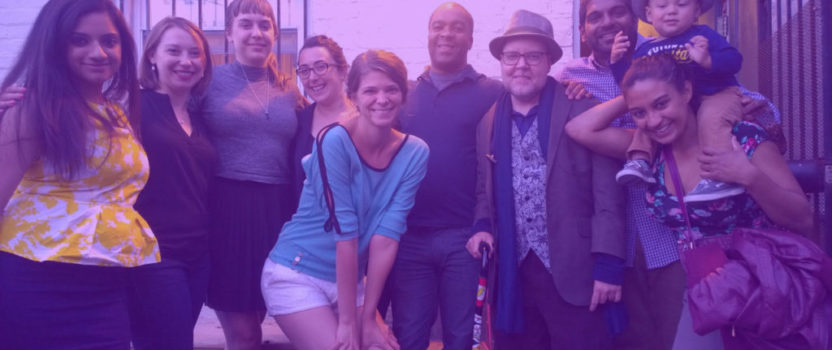4 Ways Street Harassment and Domestic Violence Intersect
Today DC is decked out in purple for Purple Thursday, an awareness day organized by the DC Coalition Against Domestic Violence (DCCADV). We at CASS are lending our support because we believe that street harassment and domestic violence are intrinsically linked.
1) Victim-blaming is rampant in both.
“Why didn’t she leave?” is a common question people ask when they hear about domestic violence. Take the very public cases of Rihanna or Janay Palmer, for example.
Similarly, men and women who experience street harassment and share their stories often get asked questions like, “why did you wear that outfit?”, “why didn’t you take a self-defense class?”, or “why can’t you take that as a compliment?”.
These questions put the blame squarely on the survivor, not the perpetrator. Such questions allow the violence and harassment to continue and they create an environment where people who speak out aren’t taken seriously.
2) Both are products of rape culture.
Common to both is a sense of entitlement and the need to exert power over someone else. Street harassment contributes to a society that allows a rape culture to thrive–a world where men feel comfortable giving unsolicited sexual advances to women they don’t know in public is the same world where men feel comfortable with rape. As Phaedra Starling writes:
A man who ignores a woman’s NO in a non-sexual setting is more likely to ignore NO in a sexual setting, as well…if you pursue a conversation when she’s tried to cut it off, you send a message. It is that your desire to speak trumps her right to be left alone.
3) Victims do not feel safe.
Domestic violence victims usually do not have any place to go where they will feel safe. Because of the ongoing history of the abusive relationship, the perpetrator knows all of the victim’s options and can follow the victim there. It takes money, a support network, and time for detailed planning to ensure that a victim can escape.
At CASS, we know that people who regularly experience sexual harassment in public often feel unsafe or vulnerable — and this can affect how how they live their lives, limiting their choices of where to go and how to get there.
4) Bystanders can make a difference.
Bystanders can make a big difference in ending the social acceptability of domestic violence and street harassment by speaking out. At CASS, we encourage men and women to share their stories with us and to attend trainings, like Safe Bars, to learn how to identify and intervene to prevent sexual harassment and assault.

